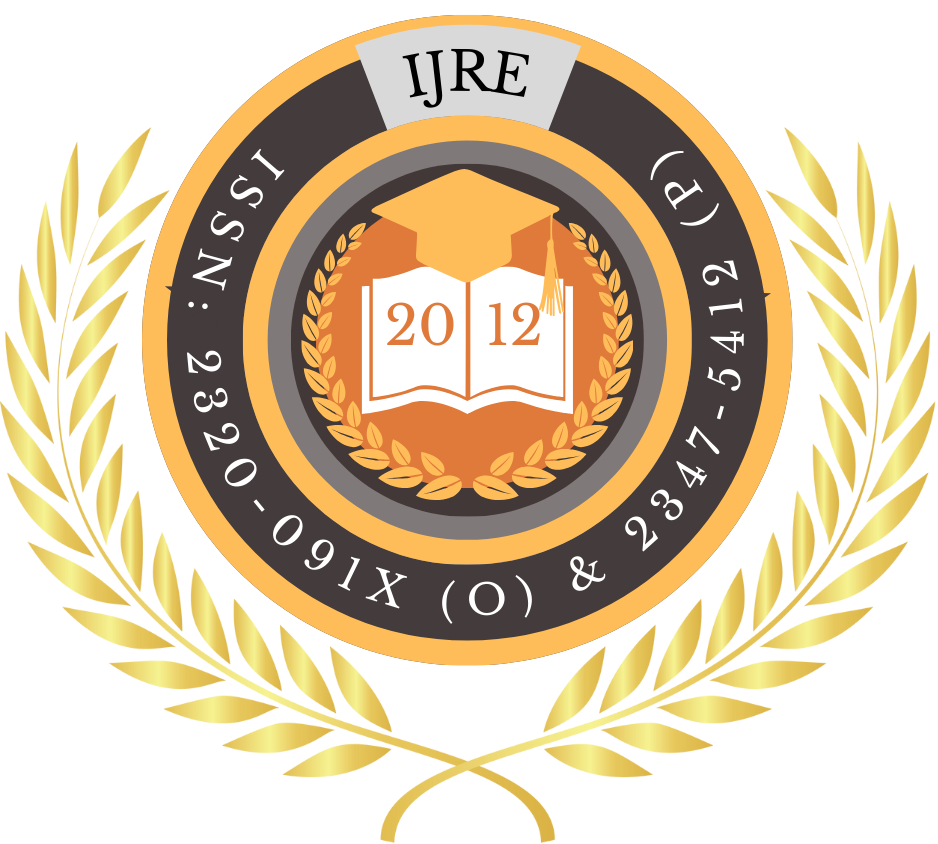![]()
DOI: https://doi.org/10.63345/ijre.v14.i7.4
Er. Priyanshi
Indian Institute of Information Technology Guwahati (IIITG)s
Assam, India
priyanshi@iitg.ac.in
Abstract
Adaptive learning software represents a transformative approach in secondary education by leveraging algorithmic personalization to tailor instructional content, pacing, and feedback to individual learner profiles. Over a 12‑week intervention involving 240 tenth‑grade students across four public schools, this study examined the software’s impact on mathematics and science achievement, engagement, and self‑regulated learning (SRL). Employing a quasi‑experimental pretest–posttest design, the treatment group used MathMaster™ and SciLearn™ for three 45‑minute sessions per week alongside standard teaching, while controls received traditional instruction. Pre‑ and post‑achievement tests, the Student Engagement Instrument (SEI), and the Motivated Strategies for Learning Questionnaire (MSLQ) provided quantitative data; focus groups offered qualitative insights. Analysis of covariance (ANCOVA) indicated significantly greater gains in mathematics (Δ = 9.2 points; p < .001) and science (Δ = 8.3 points; p = .002) for the adaptive group compared to controls. Cognitive and emotional engagement scores improved notably (p < .01), and SRL subscales—metacognitive regulation and time‑management—showed meaningful increases (p < .05). Qualitative feedback highlighted the value of immediate feedback, individualized pacing, and motivational elements such as badges. These findings corroborate that adaptive learning software not only elevates academic outcomes but also nurtures engagement and SRL competencies critical for lifelong learning, affirming its strategic role in modern secondary education.
Keywords
Adaptive Learning Software, Personalized Instruction, Secondary Education, Student Engagement, Self-Regulation
References
- Anderson, J. R., Corbett, A. T., Koedinger, K. R., & Pelletier, R. (1995). Cognitive tutors: Lessons learned. The Journal of the Learning Sciences, 4(1), 167–207.
- Appleton, J. J., Christenson, S. L., Kim, D., & Reschly, A. L. (2006). Measuring cognitive and psychological engagement: Validation of the Student Engagement Instrument. Journal of School Psychology, 44(5), 427–445.
- Azevedo, R., Guthrie, J., & Seibert, D. (2010). The role of adaptive scaffolding in supporting self‐regulated learning with hypermedia. Educational Psychologist, 45(4), 225–234.
- Boekaerts, M., van der Linden, J., & Vedder, P. (2015). Goal-oriented coupling of social and self‐regulated learning: Towards a theoretical framework. Educational Psychologist, 50(2), 125–138.
- Braun, V., & Clarke, V. (2006). Using thematic analysis in psychology. Qualitative Research in Psychology, 3(2), 77–101.
- Deterding, S., Dixon, D., Khaled, R., & Nacke, L. (2011). From game design elements to gamefulness: Defining “gamification.” In Proceedings of the 15th International Academic MindTrek Conference (pp. 9–15). ACM.
- Fredricks, J. A., Blumenfeld, P. C., & Paris, A. H. (2004). School engagement: Potential of the concept, state of the evidence. Review of Educational Research, 74(1), 59–109.
- Hattie, J., & Yates, G. (2014). Visible learning and the science of how we learn. Routledge.
- Johnson, L., & Brown, M. (2018). Personalized learning: Role of adaptive technologies in secondary classrooms. Educational Technology Research and Development, 66(3), 665–684.
- Khan, B., & Patel, K. (2021). AI-driven personalization in adaptive learning systems: A comprehensive review. International Journal of Artificial Intelligence in Education, 31(4), 645–668.
- Lee, H., & Hammer, J. (2019). Exploring the impact of adaptive learning on student performance in algebra I. Journal of Educational Computing Research, 56(8), 1300–1321.
- Lei, S. A., & Zhao, Y. (2017). A meta-analysis of the effectiveness of adaptive learning on student academic achievement. Journal of Education Technology Systems, 45(4), 391–410.
- Martinez, A., & Richards, C. (2020). Beyond technology: Factors influencing the success of adaptive learning in high schools. Computers & Education, 157, 103955.
- Nguyen, T., Larson, C., & Lin, X. (2020). Enhancing science mastery through adaptive virtual labs. Journal of Science Education and Technology, 29(5), 617–629.
- Pintrich, P. R., Smith, D. A., Garcia, T., & McKeachie, W. J. (1991). A manual for the use of the Motivated Strategies for Learning Questionnaire (MSLQ). University of Michigan.
- Sun, J., & Rueda, R. (2012). Situational interest, computer self-efficacy and self-regulation: Their impact on student engagement in distance education. British Journal of Educational Technology, 43(2), 191–204.
- VanLehn, K. (2006). The behavior of tutoring systems. International Journal of Artificial Intelligence in Education, 16(3), 227–265.
- Wong, L.-H., Botelho, M., & Looi, C.-K. (2019). Metacognitive tools: Scaffolding self‐regulated learning in ubiquitous learning environments. Educational Technology & Society, 22(1), 88–102.
- Zimmerman, B. J. (2002). Becoming a self‐regulated learner: An overview. Theory into Practice, 41(2), 64–70.
